Centre to consult provinces on regulating LPG market
Prices for domestic consumers will fall if new LPG policy is approved
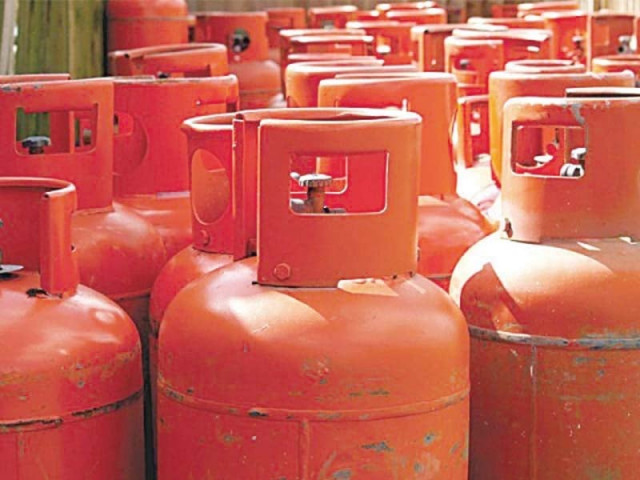
For domestic consumers, the producer price has been put at Rs895 per cylinder compared to the current rate that ranges between Rs1,150 and Rs2,000. PHOTO: FILE
The federal government has decided to take provinces on board for regulating prices of liquefied petroleum gas (LPG), a move, which the petroleum ministry claims, will cause a substantial decline in prices for domestic consumers.
The ministry is now seeking comments of the provinces on the new LPG policy that also proposes imposition of petroleum levy at the rate of Rs135 on every 11.8kg cylinder, officials say. This levy is equal to the freight margin and other costs for LNG imports.
The reason behind the proposal of imposing the levy on locally produced LPG is to provide an even field for domestic and imported products in a bid to enhance gas supply through imports, they say.
The Economic Coordination Committee (ECC) of the cabinet had considered a summary of the new LPG policy in its meeting on September 11, 2014 and said it should be placed before the Council of Common Interests (CCI) - an inter-provincial body - for consideration.
Experts, however, suggest the government instead of imposing the levy should offer a subsidy and stop laying natural gas pipelines under the development schemes of parliamentarians to overcome energy shortage.
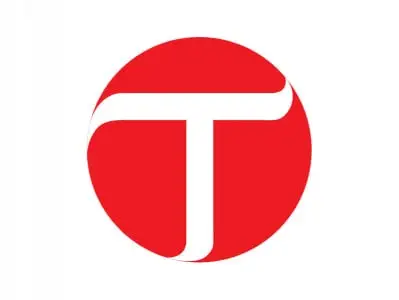
In a bid to make political gains, the government is following a policy of extending the pipeline network of gas utilities to villages.
During the previous government of Pakistan Peoples Party (PPP), the Oil and Gas Regulatory Authority (Ogra) first slapped a ban on the development schemes of legislators keeping in view the gas shortage, but then, on government’s insistence, it lifted the restrictions.
Under the new policy, the Ministry of Petroleum and Natural Resources wants Ogra to regulate and notify prices of locally produced LPG including the producer price, margins of marketing companies and the end-consumer price. Distributor margins will also be included in the margins of marketing companies.
For domestic consumers, the producer price has been put at Rs895 per cylinder compared to the current rate that ranges between Rs1,150 and Rs2,000. The marketing and distribution margin has been proposed at Rs283 per cylinder with general sales tax at Rs130.
The LPG produced in the country will be supplied only to domestic and commercial consumers as well as air-mix plants. All other sectors such as auto and industrial consumers will depend on imported LPG.
According to the petroleum ministry, in June 2000 the cabinet, during Pervez Musharraf’s government, decided to deregulate the LPG business with a view to making the market more investment-friendly, foster healthy competition among players, improve safety standards and consumer services.
However, the ministry pointed out that the policy failed to achieve the desired objective of product sale at affordable prices. Though LPG is considered a poor man’s fuel, it is priced 20 times higher than the natural gas consumed by domestic consumers.
“The situation warrants immediate intervention and the petroleum ministry considers it expedient to put in place a framework to regulate LPG prices both at producer and consumer levels,” it said.
For the purpose, the ministry had started consultations with LPG producers and marketing companies. The price regulation plan, however, has caused some concern among the producers.
In 2001, domestic companies produced 979 tons of LPG per day, which increased to a maximum of 1,700 tons in 2007. At present, average production also stands at the 2007 level at 1,700 tons per day.
Published in The Express Tribune, August 29th, 2015.
Like Business on Facebook, follow @TribuneBiz on Twitter to stay informed and join in the conversation.

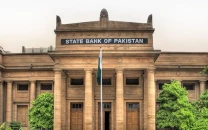
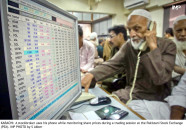
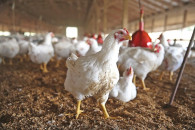
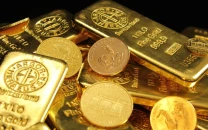
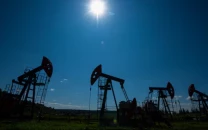
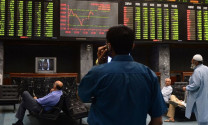

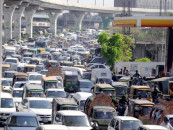
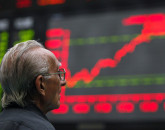
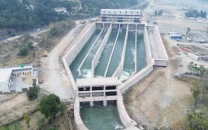
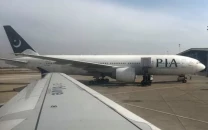







COMMENTS
Comments are moderated and generally will be posted if they are on-topic and not abusive.
For more information, please see our Comments FAQ